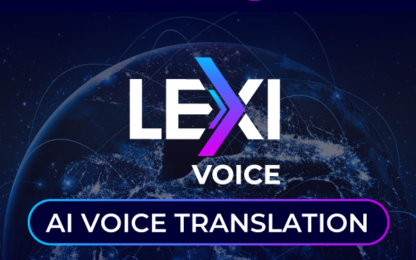Why Audio Description Is So Easy Now (and Why You Should Use It)
Audio description makes videos accessible to people who are blind or have low vision by describing aloud the visual elements of the video as part of the audio track.
There are two options used to ‘speak’ audio descriptions: Human or synthetic voice. Human voice is spoken and recorded by a voice artist, while synthetic voice is computer-generated.
While human voice has stayed essentially the same for many years, synthetic voice technology has made leaps and bounds in the past half-decade. As a result, audio description is now easier and more scalable than ever.
Here are the four top benefits of audio description in the new era of synthetic voice.
1. Low cost
Synthetic voice makes audio description extremely affordable. It will generally cost you about half the price of using human voice, and you won’t have to sacrifice the quality of the final product. The low cost also means that you can afford to make a much greater quantity of your content accessible for your audience.
2. Fast production
Audio description has an extremely fast turn-around time when using synthetic voice. You don’t have to wait for a voice artist to be available or to record a script. Everything can be done on a computer with the click of a mouse. So if you want your videos made accessible quickly, or you have a hard deadline for a large quantity of content, you’re covered.
3. A huge variety of voices
One great benefit of using synthetic voice in audio description is the broad range of available accents and voices. Options for different accents and voice types – high or low pitch – are readily available and can be updated in the click of a mouse.
Sourcing a human voice artist with the desired accent or voice can be more challenging, depending on the type of accent and the location of the service.
Synthetic voice also makes it easy to add multiple voices to your video if you need to differentiate between several pieces of information. You might need one voice to read subtitles aloud and another voice to describe the action in the video, for example. This can be done with synthetic voice at a much lower cost and faster rate than hiring multiple humans.
4. As human as you can get
A major drawback of using synthetic voice in audio description used to be that it sounded artificial and would not always pronounce words the way that a human would. This could distract the listener and confuse the message of the audio description.
But in the past few years, software developers have refined synthetic voice technology to the point that it sounds very human. Watch our videos above to hear just how lifelike synthetic voice sounds now.
Equal access made easy
At the end of the day, you want your content to be accessible. Using synthetic voice in audio description makes this process easier, cheaper, faster and more flexible than ever, without compromising on quality.


